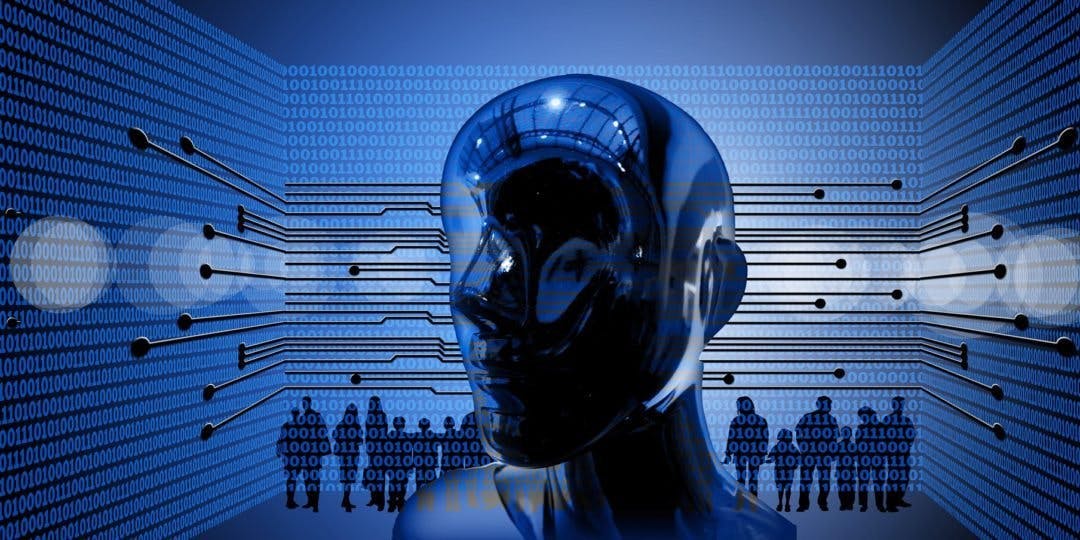
Traditional retail merchandising and planning is dead – AI is the next level
It takes machine learning seconds to accomplish what is currently taking you years.
—
Every square inch of your retail store can directly affect your bottom line. Which products are stocked, where they’re placed, what signage is used, and how much you charge – altogether impact whether or not you make a sale. So, if you are CPG company or retailer, you want to make sure that you get your “return on physical retail space”.
Currently, decisions around what to stock, how much stock to supply, what to promote and how to price are all done using traditional methods which tend to be very manual, labour intensive and often contain human biases. In fact, 40 per cent of CPG trade promotion expense is wasted, and returns dismal results, according to Nielsen.
AI, such as Machine Learning, Probabilistic Machine Learning, Clustering, Reinforcement Learning, Collaborative Filtering, Supervised Learning or Neural Networks, etc. – are computer science methods allowing us to look at planogram planning in a new, innovative way. By applying AI algorithm methods to historical data gathered from stores around the world, we can determine which brands/SKUs should be placed where, at what price, and which promotions should be applied to optimize sales. This is one of the many reasons why analysts predict that retail spending on AI will reach $7.3 billion by 2022.
The failures of traditional merchandising and planning
We all know how important data is, but few retailers actually leverage it. According to Forrester research, while 74 per cent of retailers want to be data-driven, only 29 per cent actually successfully implement data analytics. Bottom line: it’s affecting revenues and driving profits way down.
The Commerce Department reports that first-quarter retail sales in 2018 fell for three straight months for the first time since 2012. This is despite the economy growing around the world, including economies that of Australia, the U.S., and Europe. A survey from the CMO Council may shed some light on this situation: over half of consumers surveyed (54 per cent) said that they would end their relationship with a retailer that fails to make relevant, personalised offers.
As you can tell, it’s becoming more important than ever for stores to be designed in a way that would cater to each and every individual customer. But how can this be achieved? Currently, we’re depending on internal sales and marketing data, along with data from organisations like Nielsen and IRI. This isn’t completely ineffective, but it’s not the most optimal way to do it.
Data forges a better way
Right now, you have skilled professionals using spreadsheets to manually determine promotions, planograms, pricing, and product selection. They’re doing the best any human can do but, as we’ve seen in other industries, computers are capable of analysing more data faster than groups of skilled humans.
Games like Chess and Go are among the most strategy-intensive games people play. Academics and leaders around the world consider victory to be a sign of strategic intelligence. Yet, AI has beaten the best human players in the world in both games. In fact, Cisco reports that AI will always win against human intelligence in analytics and calculations.
Given the right information, AI can optimize every aspect of retail planning. With the right data and models, AI can determine which products should be placed and where within your store. It can tell you what changes in revenue to expect from pricing changes, and it can decide which promotions to run at what time. This is what we are doing at HIVERY. We are building new, truly disruptive applications that will allow CPGs/FMCGs to help Supermarkets/Megastores optimise their businesses in a new way through AI.
We are currently in a trial period with a big Japanese retailer. We’re building the ability to optimize the shelves uniquely in each of their stores to drive incremental profits. So, we essentially say what the optimal assortment of products, space, and price for this particular shelf is at this store, at this particular location. We are also building a similar solution in the USA for a large physical retailer to do the same.
By using AI-analyzed data, you, as a retailer, will have access to insights you could previously only gain through a lengthy process of trial and error. Now, with the push of a button, AI can accomplish what would take your skilled teams a year or longer to do. AI is the next revolution in retail, and it’s set to disrupt the entire industry. Now is a good time to start if you’re not yet investing in AI solutions.
—
Sources:
Nielsen reports
Retail spending on AI to reach $7.3 billion by 2022
Think you want to be “data-driven”?
Retail sales decline
Australia economic growth GDP business indicators 2018
Euro Area economic outlook
US could see blockbuster economic growth
CMO Council
2017: The year AI beat us at all our own games
AI versus human intelligence